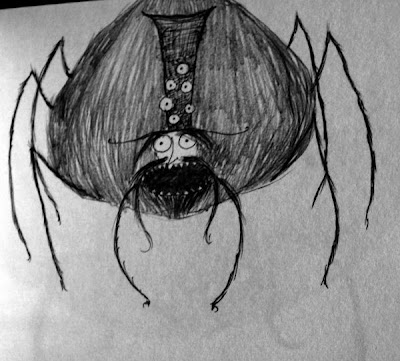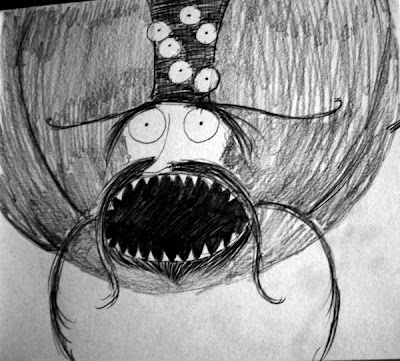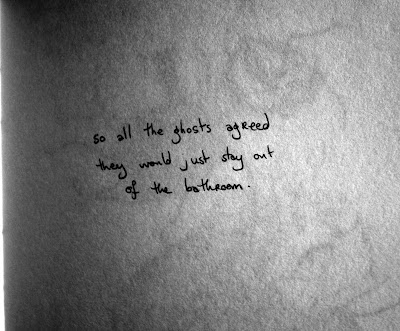Dublin is not quite as infested with gargoyles as some other European cities. This is a result of gargoyle-hunting, which was in vogue about a century ago. Being slow (one might say even motionless) creatures, hunting gargoyles required no speed and little skill. Sharp eyes and an axe did the trick.
It was a perfect after-dinner sport,
when a gentle amble through winding alleys was enlivened with the
hope of bagging a few specimens. As this pastime gained popularity,
interest grew in the creatures themselves.
Their independence and love of window
ledges suggested a kinship to cats, and so there was a brief movement
to domesticate them. Gargoyle-fanciers vaunted them as uncomplaining
and placid, but most people found them to be unaffectionate. In the
end the venture failed due to their complete failure to breed in
captivity.
Questions were eventually raised as to
the ethics of gargoyle hunting. Claims that the gargoyles fed on
roof-slates, and were to blame for the shoddy state of many church
spires, were, frankly, taradiddles1. And not even Preston
Blumenthal (a travelling chef and wizard of the time) served them
for dinner more than once. Gargoyles, as we now know, contain little
or nothing of nutritional value, and their flesh is exceedingly
tough.
As a result of petitioning, gargoyles
were eventually granted status as a protected species. Gargoyle
hunting, as a sport requiring no perceptible movement, was superseded
by golf. The remnants of what was once a healthy and thriving colony
still cling to old buildings around the town. One would think, gazing
about at the erstwhile nesting places of their former friends, the
stony faces would look sad, but by and large they all look as though
they are grinning to themselves. There is just no understanding
gargoyles.
1cobblers2
2balderdash3.
3tommyrot4
4piffle5
5hogswash6.
6codswallop7
7bilge8
8flim-flam9
9somewhat lacking in
veracity





























